2022 Q2 Newsletter | June, 2022
- May 23, 2022
- Posted by: Health Care Payment Learning & Action Network
- Categories: eNewsletter, Uncategorized
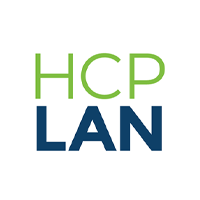
2022 Post-Spring Event Newsletter | June 15, 2022

The 2022 LAN Spring Event, held on May 10, was filled with information-rich sessions that included speakers and panelists who shared real-world experiences from the healthcare payment reform frontlines. The sessions included a common call to action to align and come together to improve care for all beneficiaries. The day was filled with stories and practical examples of how transformation can happen if everyone engages and does their part.
The day’s sessions included updates on the LAN’s current activities and initiatives, alignment between the LAN and CMS on shared goals around alternative payment model (APM) adoption and health equity, and calls for participation, inclusion, and involvement from LAN stakeholders. Indeed, one of the main themes of the afternoon was the need for all LAN stakeholders to get involved, stay involved, and promote the work of the LAN in any capacity they can.
If you missed any of the sessions, on-demand videos are now available.

The LAN Spring Event began with a motivating welcome from LAN Co-Chair Dr. Marc Harrison. He introduced the LAN’s newest co-chair, Dr. Judy Zerzan-Thul, and encouraged participants to “do the right thing” by taking the steps needed to bring value-based care to their organizations.
Humana Chief Medical Officer and LAN Co-Chair Dr. Will Shrank then shared some of the LAN’s new work. First, he introduced us to a proposed definition of accountable care:
“Accountable care” aligns care teams to help realize the best achievable health outcomes for all through comprehensive, high-value,
affordable, longitudinal, person-centered care.
The definition is a work in progress, and the afternoon’s theme of involvement and participation was echoed by Dr. Shrank’s call for feedback and comments on the draft definition from LAN stakeholders.
Your feedback is needed! Please take a few minutes to visit our website to give us input on how you or your organization’s definition of accountable care aligns with the current draft.
Does this definition reflect your organization’s understanding of accountable care? Do you agree or disagree with this definition?
Make your voice heard on this draft Accountable Care definition by completing the form and indicating that you are commenting on the definition. All information will be reviewed and considered.

Dr. Shrank also shared the Accountable Care Commitment Curve, which is a new framework that was developed to measure progress on critical factors required to achieve the LAN’s goals:
- Increase APM adoption
- Advance health equity
- Improve multi-stakeholder alignment
The Commitment Curve provides a common framework for discussing and measuring the commitment of providers, payers, clinicians, and purchasers to advancing accountable care. The Commitment Curve’s focus on care compliments the APM Framework’s focus on payment. The tool additionally informs tangible, data-driven actions that efficiently promote movement up the curve toward complete transformation and into a value-based champion through LAN strategic initiatives and change tactics.
Where would you place yourself or your organization on the Commitment Curve? Informed, invested, aligned, or transformed? Take a closer look at the draft, and let us know where you and your organization are in the evolution towards accountable care and what you think about the Commitment Curve that was unveiled at the LAN Spring Event.
We recognize the need to hear from all stakeholders—large systems, small practices, payers, safety-net providers, and beneficiary groups—before finalizing the Accountable Care Commitment Curve and Accountable Care definition. All submissions will be reviewed and considered.

A new LAN initiative, the Accountable Care Action Collaborative (AC AC), was discussed at the Spring Event.
The AC AC will bring together the perspectives of industry professionals, thought leaders, and innovators to collaborate and support LAN initiatives, like the State Transformation Collaboratives (STCs) and the Health Equity Advisory Team (HEAT), and national policy programs by aligning core recommendations for the implementation of accountable care and amplifying the voices of the LAN.
Recruitment and charter development are underway, and we plan to launch the AC AC during the fall of 2022.

Session Snapshot
LAN Co-Chair Dr. Mark McClellan moderated a fireside chat featuring CMS Administrator Chiquita Brooks-LaSure and CMMI Director Liz Fowler. They reaffirmed the agency’s commitment to value-based care, highlighting the idea that treating people as individuals provides them with the services that best meet their unique needs and can have an incredible impact on those served by these programs.
“That means that we must always ensure that value-based care is not just coordinated but that it improves health outcomes, that it focuses on people’s goals, preferences, and values, and that it always takes equity into account. This would bring improved quality and better consumer experience as well as the opportunity of being part of a care relationship that meets their primary and special care and social needs.” –CMS Administrator Brooks-LaSure
Liz Fowler spoke about the new Accountable Care Organization Realizing Equity, Access, and Community Health (ACO REACH) model. She noted that the design laid a lot of the groundwork for CMMI’s thinking about advancing health equity.
“We’ve included some key equity provisions in the redesign model, including a requirement for participants to develop a health equity plan, a benchmark increase for ACOs that serve a higher proportion of underserved beneficiaries to make up for some of the historical underfunding, and then requiring all ACOs to collect beneficiary-reported demographic and social needs data. These are important initial steps to advance equity, and we’re going to keep engaging with the LAN and stakeholders to refine how we’re thinking about these issues.” –CMMI Director Liz Fowler
The session wrapped up with a call for action for payers, providers, policymakers, and other stakeholders to share actual examples, testimonials, and patient stories that will resonate and help articulate the importance of value-based care and the work of the LAN. How is your organization effecting positive change in healthcare delivery? Let us know by connecting with us.

Session Snapshot
Moderated by HEAT Co-Chair Dr. Marshall Chin, the conversation included the voices of private and public healthcare payers and providers.
Dr. Chin shared the HEAT’s next project, a technical guidance document scheduled for release later this year. It will address how incorporating social risk adjustment into both payment incentives and APMs better positions providers to participate in APMs because they have greater potential for financial gain and less risk of penalty. This will especially be of interest to those providing care to historically underserved groups.
Session Highlights
How are organizations using social risk adjustment to improve health equity?
- “We don’t expose health centers to 100% of the risk on day one. The social risk adjuster that Massachusetts uses…created a financial environment where benchmarks are appropriately adjusted based on risk that cannot necessarily be captured in ICD-10 codes that do reflect the complexity and needs of the population served.” –Christina Severin, Community Care Cooperative
- “In Minnesota, population-based payments are based on social risk adjustments. Within the Integrated Health Partnership Program, providers are required to look at their target population and identify various target groups they would like to be contracted with [the Department of Human Services (DHS)] to pursue for specific health equity interventions. To improve the lives of our beneficiaries in a proactive way goes well beyond just in the medical walls. Because we had all that data, we could then come back and help support that through enhanced data, enhanced facilitation of information, understanding their population in a slightly better way.” –Mat Spaan, Minnesota Department of Human Services
How is Humana, as a payer, approaching social risk adjustment?
- “We’re doing a lot of work to understand the different ways in which you could do social risk adjustment and the implications of that for our ultimate end goal of improved health equity. That work, which has been largely focused on benefit design and community partnerships and interventions, collected a good deal of self-reported, health-related social needs data from our members, and that’s the data we’re using to better understand different approaches in social risk adjustment.” –Brian Powers, Humana
What are other levers you use to improve health equity and further disparities reduction?
- “For the first time ever, we will not be relying on pay-for-performance to hopefully improve the equity of care for our members. But now…if you improve in an equitable fashion, you’ll be paid more than if you improve in a way that doesn’t touch equity or that even could potentially worsen the equity of care that our members receive. That’s intended to help organizations make a longstanding case to make investment in equity of care that otherwise wouldn’t have a direct economic benefit to them.” –Mark Friedberg, Blue Cross Blue Shield of Massachusetts

Session Snapshot
The session was moderated by LAN Co-Chair Dr. Judy Zerzan-Thul and included representatives from all four of the initial STC states: Arkansas, California, Colorado, and North Carolina.
Panelists shared how their states are progressing, challenges they face, and lessons learned so far.
Session Highlights
States shared their recent progress and how they plan to address health equity through new opportunities:
- In January, Colorado activated APM Two—a flexible partial capitation model with a game-sharing payment related to chronic condition bundles. It is a voluntary program with upside gain and virtually no downside risk. “We intend to continue to refine this program over the next several years, and key elements of that refinement include us working as part of the State Transformation Collaborative to learn best practices from other states.” –Peter Walsh, Colorado Department of Health Care Policy and Financing
- In North Carolina, the Health Opportunities pilot program invests in non-medical interventions and assesses the impact of providing and paying for certain non-medical interventions. “The same people who experience health disparities also face disparities in access to food, housing, and transportation. So, if we’re able to improve access to these services, we really aim to improve health disparities as well.” –Elizabeth Kasper, North Carolina Medicaid
Panelists also shared what they hope to accomplish as a part of the State Transformation Collaboratives:
- “…To increase that acceptance of the advanced payments models with that whole-person care focus. We’re trying to figure out how do we change that delivery and the healthcare financing through this model collaboratively, focusing our core on the quadruple aim.” –Alicia Berkemeyer, Arkansas Blue Cross Blue Shield
- “[In California there is a desire for] greater alignment while reducing the provider burden. We really want to recenter primary care and reach out to those smaller and independent practices that have a more diverse payer mix and make sure that we are supporting alternative payment model initiatives for those practitioners.” –Dr. Palav Babaria, California Department of Health Care Services
Panelists also shared other cross-state collaborations they are looking forward to participating in with the STCs:
- Sharing best practices for measuring performance and quality from a health equity perspective
- Discussing innovative ways to measure members’ perspective on their healthcare services
- Exchanging knowledge on evaluating and supporting needs of different types of providers and capabilities while balancing move towards alignment
- Sharing resources to improve data infrastructure
“I look forward to the State Transformation Collaborative because I think we all can learn from one another. If you’ve already gotten the bumps on your knees, I’d like to not get that same bump.” –Alicia Berkemeyer, Arkansas Blue Cross Blue Shield
Play the full State Transformation Collaborative session video.
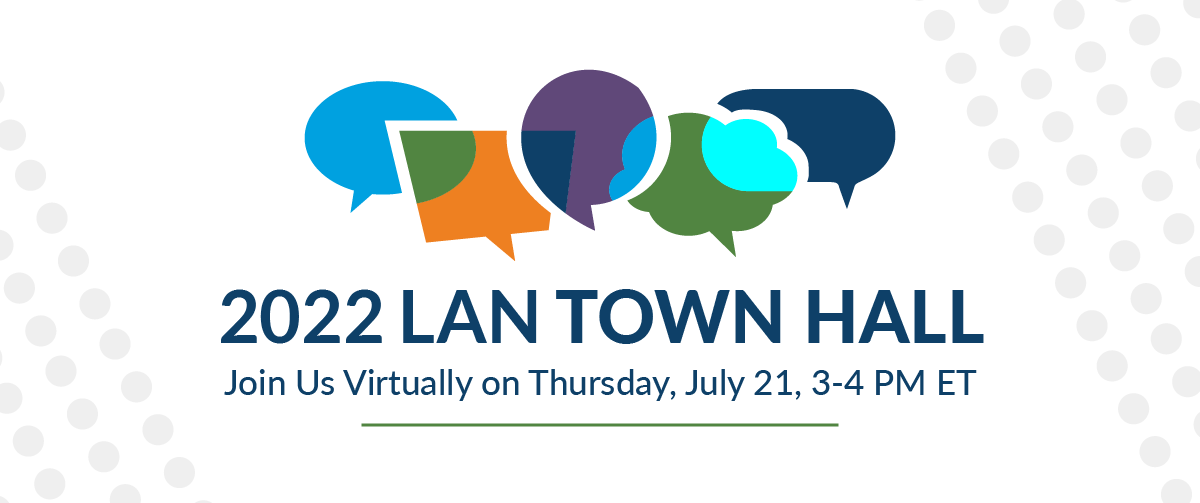
Don’t Miss the Upcoming 2022 LAN Virtual Town Hall!
Join the LAN for live discussions and hear from a diverse panel of providers, payers, clinicians, purchasers, and other stakeholders as they share their insights and perspectives on accountable care!
The LAN Town Hall is an opportunity for everyone in attendance to discuss the Accountable Care definition and the Accountable Care Commitment Curve and a chance for you to share feedback on how they may impact you and your organization.
A full agenda will be available on the LAN website soon.
Don’t forget to submit your feedback prior to the 2022 LAN Town Hall on the LAN’s website!
Be sure to indicate whether you are commenting on the Accountable Care definition, the Accountable Care Commitment Curve, or both. All information will be reviewed and considered.
Our Vision
An American healthcare system that pays for value to the benefit of our patients and communities.
Our Mission
To accelerate the shift to value-based care in order to achieve better outcomes at lower cost.
Our Goal Statement
Accelerate the percentage of US healthcare payments tied to quality and value in each market segment through the adoption of two-sided risk alternative payment models.

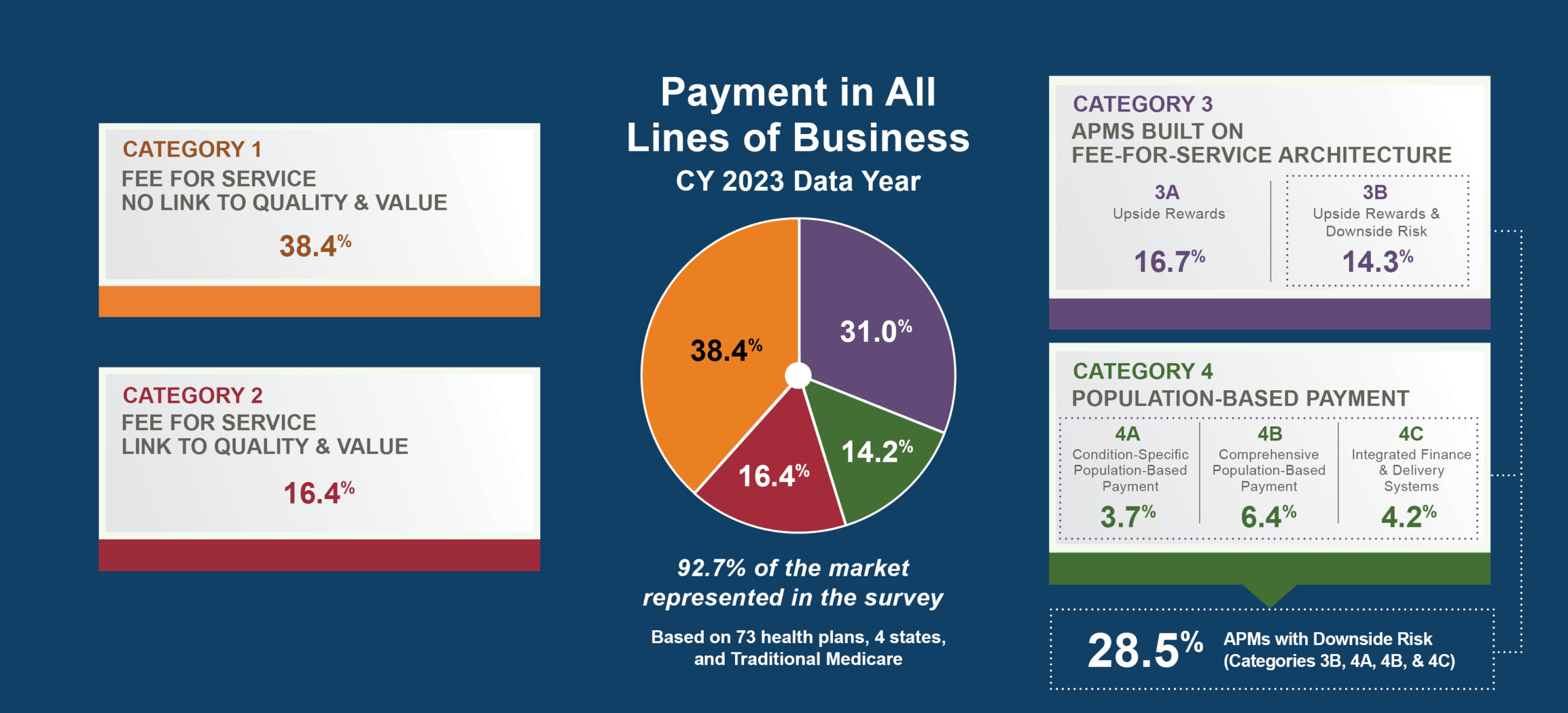

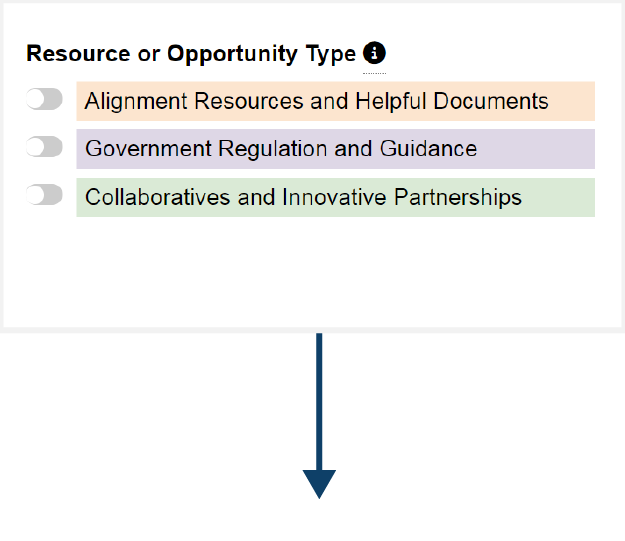
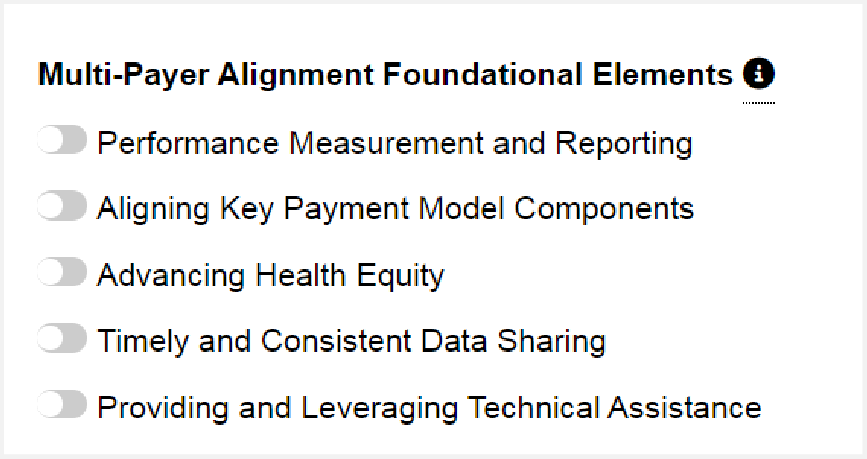




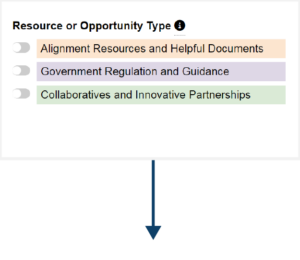

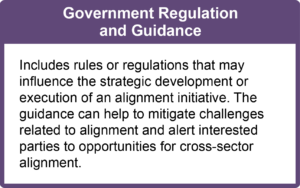
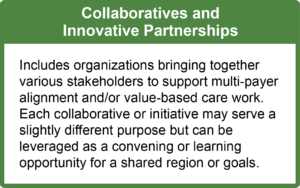
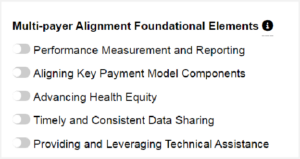




 Emily DuHamel Brower, M.B.A., is senior vice president of clinical integration and physician services for Trinity Health. Emphasizing clinical integration and payment model transformation, Ms. Brower provides strategic direction related to the evolving accountable healthcare environment with strong results. Her team is currently accountable for $10.4B of medical expense for 1.6M lives in Medicare Accountable Care Organizations (ACOs), Medicare Advantage, and Medicaid and Commercial Alternative Payment Models.
Emily DuHamel Brower, M.B.A., is senior vice president of clinical integration and physician services for Trinity Health. Emphasizing clinical integration and payment model transformation, Ms. Brower provides strategic direction related to the evolving accountable healthcare environment with strong results. Her team is currently accountable for $10.4B of medical expense for 1.6M lives in Medicare Accountable Care Organizations (ACOs), Medicare Advantage, and Medicaid and Commercial Alternative Payment Models. Mr. James Sinkoff is the Deputy Executive Officer and Chief Financial Officer for Sun River Health (formerly known as Hudson River HealthCare), and the Chief Executive Officer of Solutions 4 Community Health (S4CH); an MSO serving FQHCs and private physician practices.
Mr. James Sinkoff is the Deputy Executive Officer and Chief Financial Officer for Sun River Health (formerly known as Hudson River HealthCare), and the Chief Executive Officer of Solutions 4 Community Health (S4CH); an MSO serving FQHCs and private physician practices. Victor is the Chief Medical Officer for TennCare, Tennessee’s Medicaid Agency. At TennCare, Victor leads the medical office to ensure quality and effective delivery of medical, pharmacy, and dental services to its members. He also leads TennCare’s opioid epidemic strategy, social determinants of health, and practice transformation initiatives across the agency. Prior to joining TennCare, Victor worked at Evolent Health supporting value-based population health care delivery. In 2013, Victor served as a White House Fellow to the Secretary of Health and Human Services. Victor completed his Internal Medicine Residency at Emory University still practices clinically as an internist in the Veteran’s Affairs Health System.
Victor is the Chief Medical Officer for TennCare, Tennessee’s Medicaid Agency. At TennCare, Victor leads the medical office to ensure quality and effective delivery of medical, pharmacy, and dental services to its members. He also leads TennCare’s opioid epidemic strategy, social determinants of health, and practice transformation initiatives across the agency. Prior to joining TennCare, Victor worked at Evolent Health supporting value-based population health care delivery. In 2013, Victor served as a White House Fellow to the Secretary of Health and Human Services. Victor completed his Internal Medicine Residency at Emory University still practices clinically as an internist in the Veteran’s Affairs Health System. Dr. Brandon G. Wilson, DrPH, MHA (he, him, his) joined Community Catalyst as the Director of the Center for Consumer Engagement in Health Innovation, where he leads the Center in bringing the community’s experience to the forefront of health systems transformation and health reform efforts, in order to deliver better care, better value and better health for every community, particularly vulnerable and historically underserved populations. The Center works directly with community advocates around the country to increase the skills and power they have to establish an effective voice at all levels of the health care system. The Center collaborates with innovative health plans, hospitals and providers to incorporate communities and their lived experience into the design of systems of care. The Center also works with state and federal policymakers to spur change that makes the health system more responsive to communities. And it provides consulting services to health plans, provider groups and other health care organizations to help them create meaningful structures for engagement with their communities.
Dr. Brandon G. Wilson, DrPH, MHA (he, him, his) joined Community Catalyst as the Director of the Center for Consumer Engagement in Health Innovation, where he leads the Center in bringing the community’s experience to the forefront of health systems transformation and health reform efforts, in order to deliver better care, better value and better health for every community, particularly vulnerable and historically underserved populations. The Center works directly with community advocates around the country to increase the skills and power they have to establish an effective voice at all levels of the health care system. The Center collaborates with innovative health plans, hospitals and providers to incorporate communities and their lived experience into the design of systems of care. The Center also works with state and federal policymakers to spur change that makes the health system more responsive to communities. And it provides consulting services to health plans, provider groups and other health care organizations to help them create meaningful structures for engagement with their communities. Tamara Ward is the SVP of Insurance Business Operations at Oscar Health, where she leads the National Network Contracting Strategy and Market Expansion & Readiness. Prior to Oscar she served as VP of Managed Care & Network Operations at TriHealth in Southwest Ohio. With over 15 years of progressive health care experience, she has been instrumental driving collaborative payer provider strategies, improving insurance operations, and building high value networks through her various roles with UHC and other large provider health systems. Her breadth and depth of experience and interest-based approach has allowed her to have success solving some of the most complex issues our industry faces today. Tam is passionate about driving change for marginalized communities, developing Oscar’s Culturally Competent Care Program- reducing healthcare disparities and improving access for the underserved population. Tamara holds a B.A. from the University of Cincinnati’s and M.B.A from Miami University.
Tamara Ward is the SVP of Insurance Business Operations at Oscar Health, where she leads the National Network Contracting Strategy and Market Expansion & Readiness. Prior to Oscar she served as VP of Managed Care & Network Operations at TriHealth in Southwest Ohio. With over 15 years of progressive health care experience, she has been instrumental driving collaborative payer provider strategies, improving insurance operations, and building high value networks through her various roles with UHC and other large provider health systems. Her breadth and depth of experience and interest-based approach has allowed her to have success solving some of the most complex issues our industry faces today. Tam is passionate about driving change for marginalized communities, developing Oscar’s Culturally Competent Care Program- reducing healthcare disparities and improving access for the underserved population. Tamara holds a B.A. from the University of Cincinnati’s and M.B.A from Miami University.


 Dr. Peter Walsh joined the Colorado Department of Health Care Policy and Financing as the Chief Medical Officer on December 1, 2020. Prior to joining HCPF, Dr. Walsh served as a Hospital Field Representative/Surveyor at the Joint Commission, headquartered in Oakbrook Terrace, Illinois.
Dr. Peter Walsh joined the Colorado Department of Health Care Policy and Financing as the Chief Medical Officer on December 1, 2020. Prior to joining HCPF, Dr. Walsh served as a Hospital Field Representative/Surveyor at the Joint Commission, headquartered in Oakbrook Terrace, Illinois.








